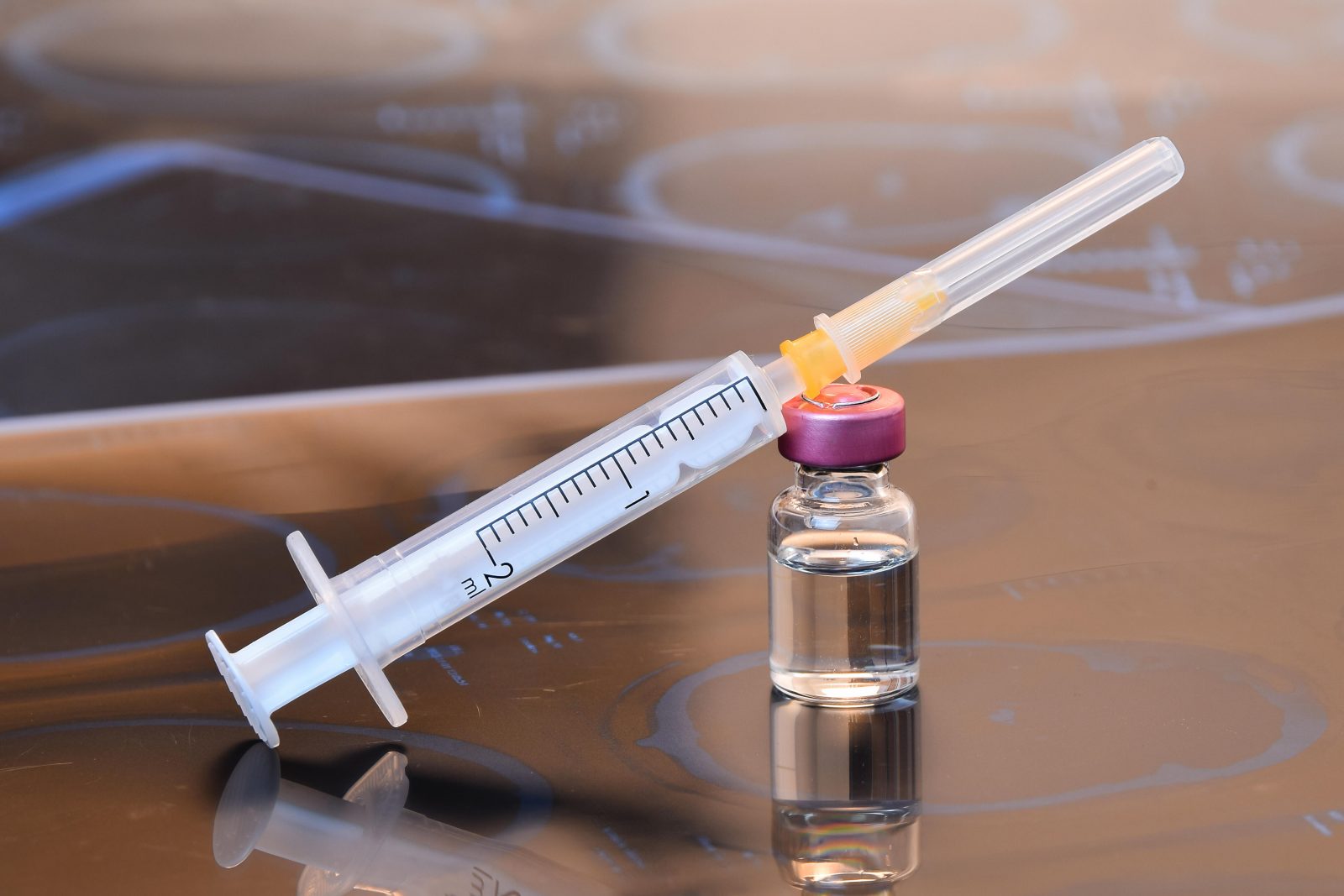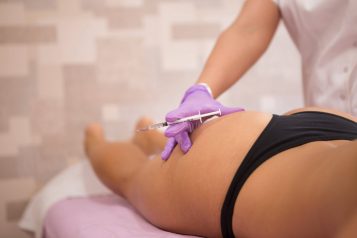Dr. Jeffrey Ayers is excited to share his passion for non-surgical cosmetic services that maintain a natural yet youthful appearance. The field of aesthetics changes often and Dr. Ayers is a perpetual learner who also enjoys sharing what he learns with newer practitioners. Dr. Ayers has practiced medicine in Utah for 26 years. After joining the National Institute of Medical Aesthetics, he spent 12+ years as their medical director. Dr. Ayers has a bachelor’s degree in biology from Westmont College and completed his medical degree at Des Moines University. He then completed his family medicine residency at Camp Pendleton Naval Hospital and served as a staff family doctor in Sasebo, Japan as a commissioned naval officer for three years. Dr. Ayers considers his work as a creative twist to a cool science experiment.
 Photo Credit: Shutterstock
Photo Credit: Shutterstock
When you see fine lines or wrinkles on your face, your brain automatically thinks of Botox. Since neuromodulators (Botox) or fillers are used to stop creases when making facial expressions they have become quite popular over the years. Due to the cost associated, Haute Beauty sat down with Haute Beauty expert Dr. Jeffrey Ayers to discuss the several measures that he takes and recommends to patients to make neuromodulators or fillers last longer.
What you can do, might seem obvious to most – and include the following:
1. Limit sun exposure and wear appropriate sunscreen containing zinc or titanium for physical protection.
2. Maintain or improve your skin with high-quality skincare products. It’s harder to improve appearances with injectables if the skin is poorly cared for.
3. Stay hydrated.
The most important factor for me is using enough product and setting proper expectations through education. For neuromodulators, I advise my new patients that there are 3 typical outcomes based upon the number of units we decided to use.
1. It will work amazingly well and last 3 + months….this means we used enough product.
2. It worked amazingly well and only lasted 2+ months ….this means we used enough to make it work, but not enough to make it last. The plan for the next treatment will be to increase the number of units used in those areas that faded too quickly.
The 2+ months is not the time to do a minor “touch-up” treatment. I suggest waiting for the 3+ month mark and we start over.
3. It didn’t have the results as expected within 10 -14 days and there is still movement – this tells us we didn’t use enough product. At that point, we enhance the initial treatment based upon the areas with persistent mobility
 Photo Credit: Shutterstock
Photo Credit: Shutterstock
For fillers, my primary focus is picking the right product for the area treated and setting appropriate expectations.
1. Fillers have their typical or FDA-approved durations. Some people experience those fillers fading too quickly and are upset when that is not their experienced – this is generally an educational miss.
2. It is very hard to deliver lasting results if the clinician believes they need more than one syringe of filler to accomplish the goal and the patient only has a budget for one. The choice could be to use the one filler and hope for the best or educate the patient on the need for more product to reach the goal they desire and the duration they expect.
3. There are fillers that promise multiple years duration and statistically it is true. However, if you read the studies maybe only 25% of the patients may realize the 2-year duration. So, what happens to the rest? They may be unhappy. My experience tells me to offer the appropriate amount of filler to the appropriate area to obtain the results desired. I then suggest retreatment prior to the “advertised” duration.
For instance, if a mid-face filler can last 2 years, I will work towards the full correction and retreat 12 months from that time to maintain the results versus waiting to re-treat at 24 months. The “early” retreatment generally takes less product to enhance what still remains to provide longer-lasting results.
For more information, visit Dr. Brian A. Levine's social media:

























